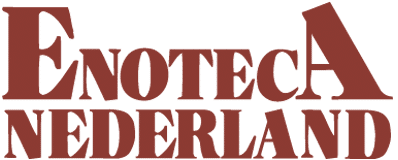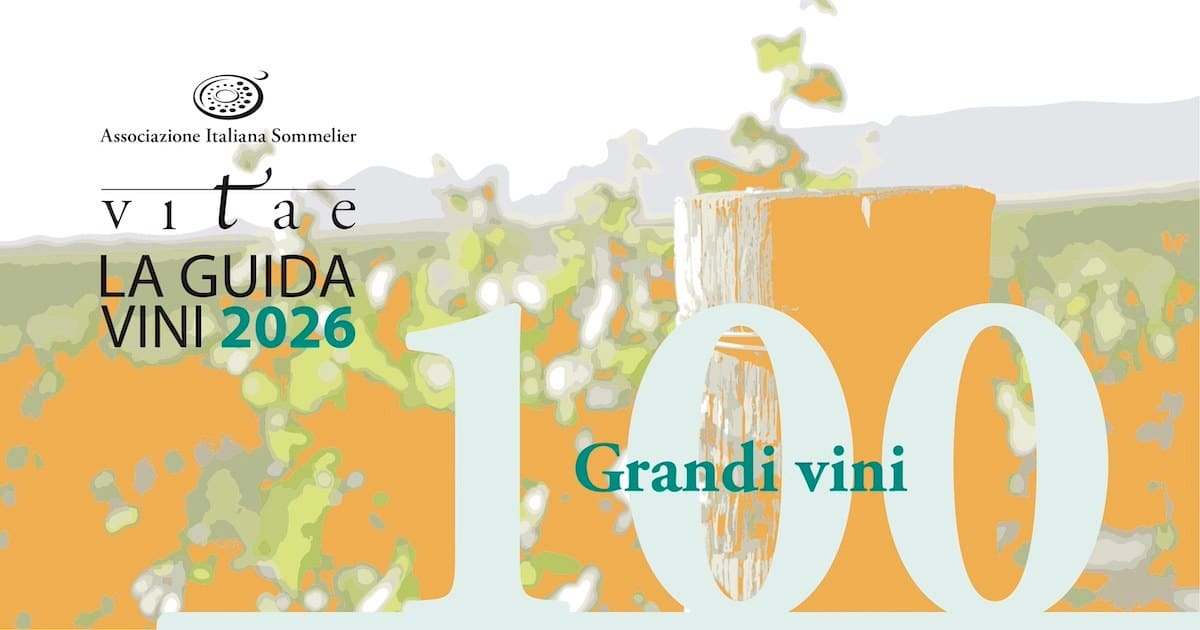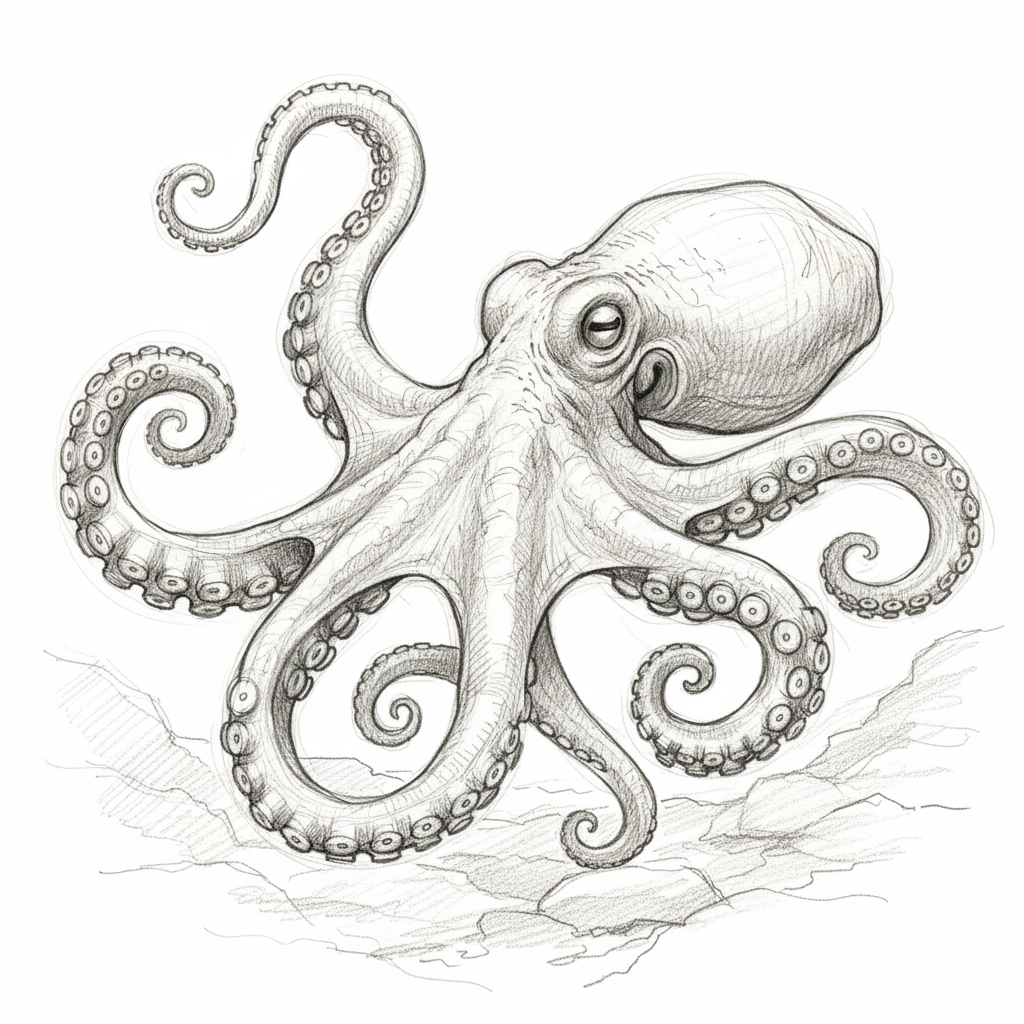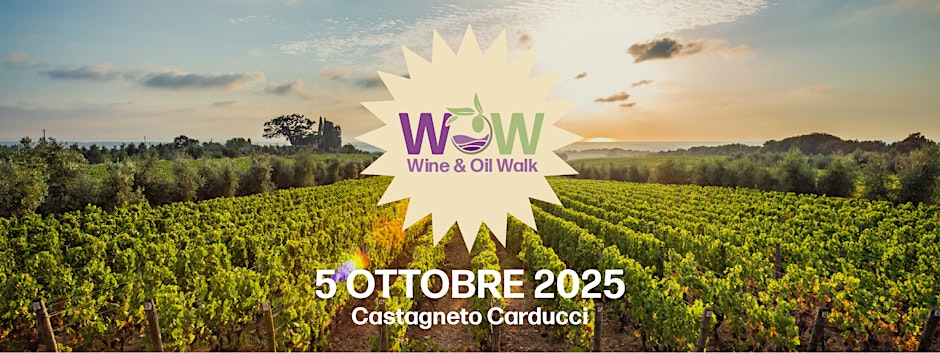Awards for Cantina LaSelva by Veronelli
Continue readingVinum awards for Cantina LaSelva
Vinum awards for Cantina LaSelva
Continue readingPatrizia Cencioni: awards by Winecritic.com
Patrizia Cencioni: awards by Winecritic.com.
97 Points were assigned to the Brunello Riserva 123 and the Ofelio while the Brunello 2021 received 95 Points.
BRUNELLO DI MONTALCINO RISERVA 123 2020
100% sangiovese
Manual selection of the bunches, soft de-stemming, fermentation at controlled temperature, 32 days of skin contact.
Aged for 48 months in 20 Hl Slavonian oak Barrels and 7,5 hl French oak Barrels.
Color: deep, bright ruby red with garnet reflection.
Aroma: intense bouquet with great complexity. Sour cherry, violet, blood orange, followed by spice with perceptible hints of leather and tobacco.
Flavor: well-structured and intense. Rich, elegant, with a velvety texture and great persistence.
Food Pairings: perfect match for red meats and game.

BRUNELLO DI MONTALCINO OFELIO 2021
100% sangiovese
Manual selection of the grapes, soft de-stemming, fermentation at controlled temperature, 32 days of skin contact.
Aged for 40 months in 15 Hl Slavonian oak Barrels
Color: deep ruby red with garnet reflection.
Aroma: rich bouquet with complex aromas. Intense notes of sour cherry and violet, followed by spices and mediterranean herbs.
Flavor: great structure and intensity. Rich, vibrant, lively and elegant, with great persistence.
Food Pairings: perfect pairing for red meats and game.

BRUNELLO MONTALCINO 2021
100% sangiovese
Manual selection of the bunches, soft de-stemming, fermentation at controlled temperature, 25 days of skin contact.
Aged for 36 months in 26, 42 e 7,5 hl French and Slavonian oak Barrels.
Color: intense, bright ruby red.
Aroma: in the foreground is an intense fruity note of iron cherry, then comes the balsamicity of Mediterranean bush, along with hints of tobacco and cocoa
Flavor: intense and enveloping.
Food Pairings: perfect with red meats and game.


THE WINERY:
Founded in 1989, the winery Patrizia Cencioni is now managed by three women who continue a tradition started by their grandfather, Giuseppe Cencioni, one of the founders of the Consorzio del Brunello di Montalcino.
The estate spans about 50 hectares, including 8 dedicated to Brunello di Montalcino vineyards and 7 to olive groves.

Patrizia, Annalisa and Arianna
Last but not least, the winery offers tours and tastings at their location at Podere Capanna, 102 – 53024 Montalcino.





Vitae Guida Vini 2026: the results are published
Vitae Guida Vini 2026: the results are published.
Vitae is a guide with large numbers: over 20,000 wines from nearly 3,000 producers.
The awarded wines represent the absolute peak of the selection and are divided into four thematic categories:
100 Grandi Vini (Great Wines/Iconic Labels)
100 Migliori Vini di Territorio (Best Terroir Wines)
100 Vini Innovativi/Rivelazione (Innovative/Revelation Wines)
100 Vini Valore/Prezzo (Value/Price Wines)
Congratulations to our associated producers with these outstanding results.






I Vini Rivelazione




Podere Il Castellaccio: new ratings by Vinum
Podere Il Castellaccio: new ratings by Vinum.
Continue readingWorld Octopus Day
World Octopus Day is celebrated on October 8th. The date of this annual international awareness day was chosen to honor the octopus’s eight arms.
The day is dedicated to:
Celebrating the intelligence, diversity, and fascinating behaviors of octopuses.
Raising awareness about the ecological importance of octopuses.
Encouraging people to learn about marine biology and support ocean conservation efforts.
Octopuses are remarkable creatures with several unique characteristics:
Nine brains: They have one central brain and a cluster of neurons in each of their eight arms.
Three hearts: Two pump blood to the gills, and one pumps blood to the rest of the body.
Blue blood: Their blood is blue because the protein that carries oxygen, hemocyanin, contains copper instead of iron.
Masters of camouflage: They can change their color and texture to blend into their surroundings.
Ancient lineage: Octopus fossils have been found that predate the dinosaurs, dating back over 300 million years.
We have the best wine to celebrate this day
Toscana Rosso IGT Materia Rossa: La Casa dei Polpi, the special edition of Cantina LaSelva‘s Toscana Rossa IGT 2022.
A red wine with character – smooth and enveloping.
A special edition wine to support “The House of Octopuses” an initiative aimed at protecting these incredible inhabitants of the sea from intensive fishing using plastic traps.
This experimental project seeks to offer octopuses new shelters by permanently installing artificial dens on the seabed, made from eco-sustainable materials such as terracotta.

THE WINE
Grapes: Sangiovese, Merlot
Production area: Magliano in Toscana
Bottles produced: 16.000 bottles
Vinification: After gentle destemming and crushing, the grapes are vinified in temperature-controlled stainless steel tanks to preserve their freshness and varietal character. Fermentation times and pump-over practices are carefully adjusted according to the specific traits of each grape. After fermentation, the wine matures in stainless steel tanks, allowing it to develop greater aromatic complexity and a clean, vibrant profile.
Flavour and aroma: Elegant and spicy with fresh notes of red berries. In the mouth it is soft, persistent and fresh at the end.
Pairings: pasta dishes with red sauces and meat sauce, red meat, spicy dishes.
Serving temperature: 18° C.
Certification: ICEA – Naturland Fair.


THE PRODUCER
Cantina LaSelva is located in Maremma , in a unique place, nestled in the south of Tuscany and surrounded by untamed nature. The varied landscape ranges from the woods of a regional park to medieval villages, and then on to the sea. These are places where you can discover ancient traditions and enjoy true beauty in every season. Maremma is also the birthplace of Tuscan viticulture, with its origins dating back to the Etruscans and their sophisticated civilisation.
The microclimate of the Maremma hills has always brought out the best qualities of Sangiovese grapes, which are used to make wines like Morellino di Scansano – known and loved throughout the world. The combination of minerals, lime, marl and limestone – combined with the coastal influence of the Tyrrhenian Sea – form the basis for opulent, soft red wines and for savoury white wines with a strong personality.
Strictly Organic: Even in the winery, they process the grapes without using unnecessary additives. They apply organic concepts and adopt the most advanced technologies in temperature control, fermentation, pumping over and delicate punching down.
Discover the world of Cantina LaSelva…..
…take a look at their website →
Falstaff: awards for Cantina LaSelva
Falstaff: awards for Cantina LaSelva.
TOSCANO ROSSO PRIMA CAUSA 2022
Prima Causa was the first big challenge of Cantina LaSelva.
A blend of Cabernet Sauvignon, Merlot and Petit Verdot, a symbol of their desire to express the high quality of the grapes through a wine of character with a balanced, complex structure. A solid, enduring wine just like the winery.

60% Cabernet Sauvignon
30% Merlot
10 % Petit Verdot
Each variety is harvested and vinified separately.
After harvesting, the grapes are immediately destemmed and crushed in order to avoid any possibility of oxidation. The controlled temperature fermentation process lasts 10 days for the Merlot and 20 days for the Cabernet Sauvignon and Petit Verdot; at the end of fermentation, the wines are put into new French Allier oak barriques for the Cabernet Sauvignon and Petit Verdot, and second-fill for the Merlot. After 12 months, the wines are combined and bottled, and before being placed on the market, Prima Causa ages in bottles for at least 12 months.
MERLOT TOSCANA PERVENTUM 2022
From the Latin Perventum: arrived, achieved, fulfilled.
The second great personal challenge of the winery represents the culmination of a long journey of growth and maturation. A wine of great elegance, balance, and complexity that celebrates the beauty of waiting and the value of time.

100% Merlot
The grapes, after a rigorous selection carried out during the harvest, are immediately brought to the cellar where fermentation begins in stainless steel tanks; to best preserve and enhance the typical characteristics of this great grape variety, multiple pump-overs are performed daily. Once alcoholic fermentation is complete, the wine is racked and undergoes an aging period during which malolactic fermentation takes place. At this point, it is transferred into new French oak barriques, and after the maturation period in wood, the wine undergoes further bottle aging for several months before being released to the market

Cantina LaSelva is an organic winery located in the heart of Maremma, in the southern part of Tuscany,
The winery is part of a larger organic farm, Azienda Agricola LaSelva, which has been a pioneer in organic farming in Europe since its founding in 1980. The winemaking philosophy is centered on the principle of “nothing taken away, nothing added,” with a focus on producing authentic, high-quality wines that reflect the unique terroir of the region
Founded by Karl Egger, a German entrepreneur, LaSelva began as a 7-hectare organic farm in 1980. Egger was one of the co-founders of the Naturland organic farming association, and in 1984, LaSelva became the first company outside of Germany to be Naturland-certified. While the farm initially focused on fruits and vegetables, the winery was a natural extension of this organic vision. The winery building, constructed in 2003, is largely underground, designed to blend into the landscape and maintain a constant temperature and humidity for optimal wine aging.
The winery’s mission is to be a bridge between nature and culture. The team, including winemaker Giulio Serafinelli and oenologist Leonardo Conti, works with meticulous care, respecting the natural balance of the land. They aim to capture the flavors and aromas of the Maremma region in every bottle.
Cantina LaSelva’s vineyards span over 30 hectares, divided into several plots in the Maremma area. The soil is predominantly clay, rich in minerals, limestone, and marl. The coastal influence of the Tyrrhenian Sea provides a unique microclimate with salty breezes, contributing to the character of the wines. The vineyards are located at various altitudes, from plains at sea level to hillsides up to 120 meters.






Pietroso’s awards’ update
WOW: Percorso Castagneto Carducci
WOW: Percorso Castagneto Carducci
Continue readingPatrizia Cencioni’s awards’ update
Patrizia Cencioni ‘s awards’ update.
Kerin O’ Keefe rated their beautiful Rosato Toscana 2023 with 93 Points while Brunello di Montalcino 2019 received 98 Pts by Doctor Wine.
ROSATO TOSCANA 2023
“Made entirely with pre-harvsted Sangiovese destined to make Brunello, the fantastic 2024 Rosato from Patrizia Cencioni has an intense color recalling pink rose petal and intense floral aromas of lavender and rose that mix with small red berry and spice. Dry, savory and linear, the full-flavored palate delivers succulent red cherry, pomegranate and orange zest before a saline close. Bright acidity keeps it vibrant and balanced. Drink through 2027. Abv: 12.5%”
Kerin O’Keefe June 2025
©kerinokeefe.com
….and ther is more…..

With a ratings of 93 Points,
Patrizia Cenzioni’s Rosato Toscana 2023 reached the 8th place in the Top 25 Italian Rosato.

BRUNELLO MONTALCINO 2019


THE WINERY:
Founded in 1989, the winery Patrizia Cencioni is now managed by three women who continue a tradition started by their grandfather, Giuseppe Cencioni, one of the founders of the Consorzio del Brunello di Montalcino.
The estate spans about 50 hectares, including 8 dedicated to Brunello di Montalcino vineyards and 7 to olive groves.

Patrizia, Annalisa and Arianna
Last but not least, the winery offers tours and tastings at their location at Podere Capanna, 102 – 53024 Montalcino.













